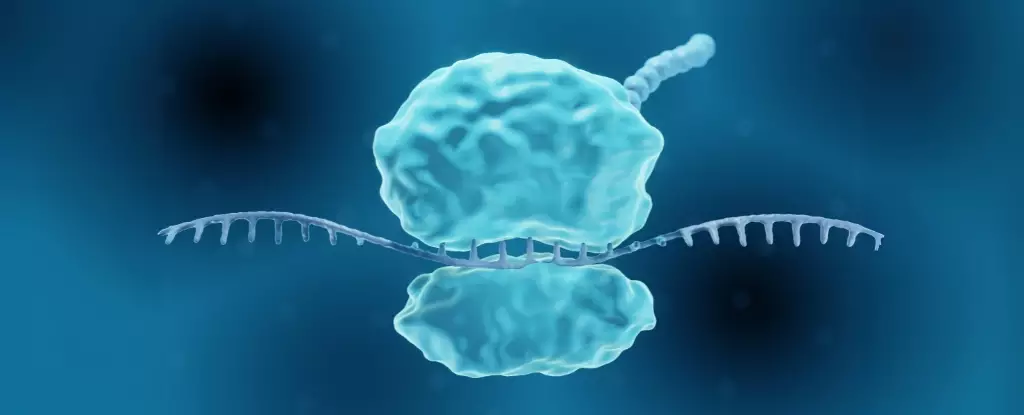In the ever-evolving landscape of infectious diseases, humanity has long searched for a silver bullet—something that can shield us from the relentless onslaught of viruses. An astonishing discovery in recent years offers a paradigm shift: a rare genetic mutation that renders individuals virtually invulnerable to viral infections. This mutation centers on a deficiency in the gene known as ISG15, a critical component of the body’s immune response. Unlike typical immune deficiencies that increase vulnerability, this particular mutation appears to confer a form of natural viral armor. These individuals, despite having encountered pathogens like influenza, measles, and chickenpox, report remarkably minimal illness—a testament to the mutation’s extraordinary protective effects.
This insight challenges conventional wisdom about immune regulation. While most people’s bodies keep virus-fighting proteins dormant until needed, carriers of the ISG15 mutation maintain a constant, gentle alertness. This low-level immune activation is enough to thwart viruses before they can take hold, without triggering the damaging inflammation often associated with autoimmune responses. Such a delicate balance suggests the possibility of mimicking this natural mechanism therapeutically, an idea that has profound implications for pandemic preparedness and general disease prevention.
Translating Natural Defense into a Therapeutic Strategy
The breakthrough doesn’t rest solely on identifying this genetic quirk; it lies in replicating its effects artificially. Researchers are now exploring innovative ways to induce a similar antiviral state in individuals who lack the mutation. Using technology comparable to mRNA vaccines, they have engineered a method to temporarily boost the production of specific antiviral proteins. Applying this approach in lab animals—mice and hamsters—has yielded promising results: these animals, once vaccinated, produced higher levels of ten targeted proteins known for their capacity to interfere with viruses at multiple points in their life cycle.
Crucially, this method does not provoke the intense inflammation seen in the mutation carriers. Instead, it generates a precise, controlled immune boost lasting only a few days—around four, in experimental settings. Such transient protection could serve as an invaluable asset, particularly for frontline workers or vulnerable populations, providing rapid defensive coverage during outbreaks or before specific vaccines are developed. This approach’s broad-spectrum potential is especially alluring, as it doesn’t depend on identifying the exact virus in advance, making it an adaptable weapon against unforeseen pathogens.
The Promise and Challenges of a New Age in Disease Prevention
While the concept is revolutionary, translating it from bench to bedside is riddled with complexities. Delivering the necessary genetic instructions—via mRNA or similar platforms—to the correct cells in humans remains a formidable challenge. Ensuring that the therapy propagates the targeted proteins effectively without causing adverse inflammation or unintended immune responses is a delicate balancing act. Moreover, the current technology for delivering nucleic acids precisely and safely is still under development, with many hurdles yet to overcome.
Adding to this is the societal landscape surrounding mRNA technology. Public skepticism and political pushback could slow the adoption of such cutting-edge therapies, regardless of their undeniable potential. Nevertheless, the strategic value of such a tool cannot be overstated. Future pandemics, potentially more devastating than COVID-19 or the Spanish Flu, could be mitigated swiftly with a safe and temporary antiviral shield. This strategy could serve as both an emergency response and a supplement to existing vaccines, creating a multi-layered defense system for global health security.
Ultimately, the development of a therapy inspired by a natural genetic anomaly signals a shift toward a future where viral threats are less threatening and more manageable. With further research, this approach could revolutionize how we protect ourselves—moving from reactive responses to proactive, adaptable defenses rooted in our own biology.

